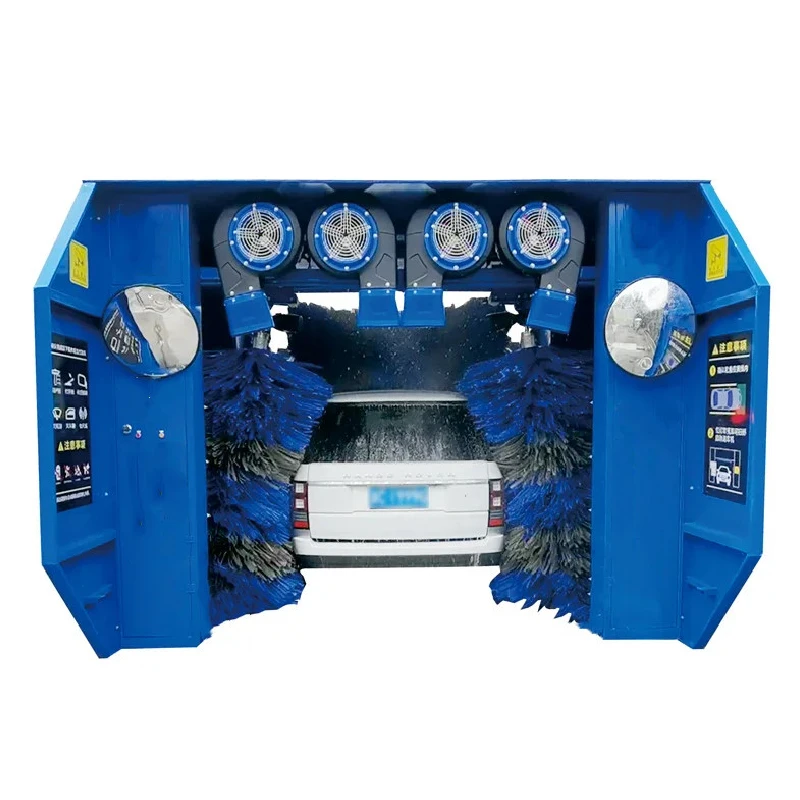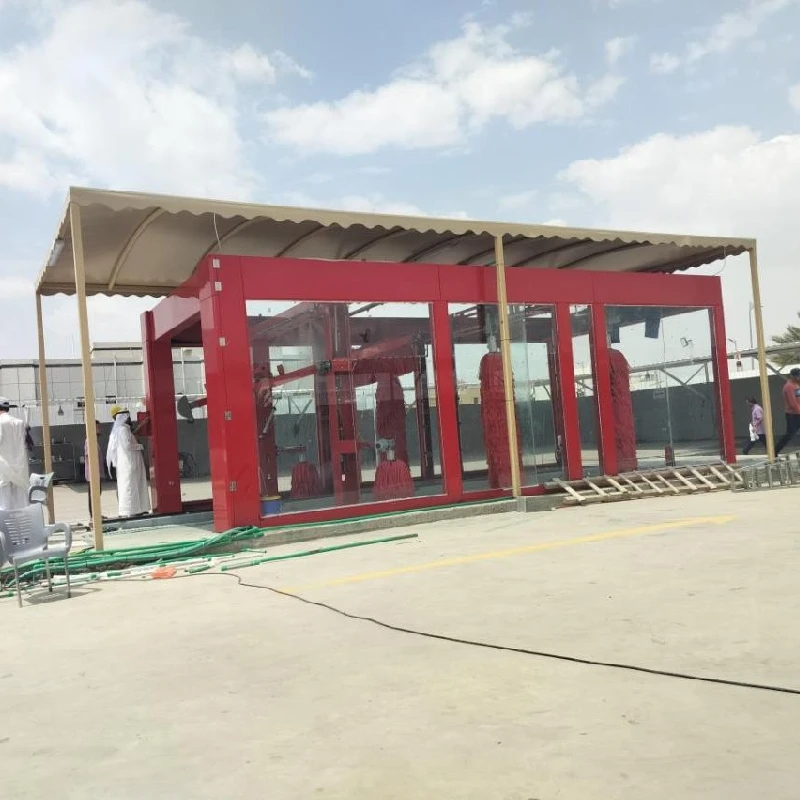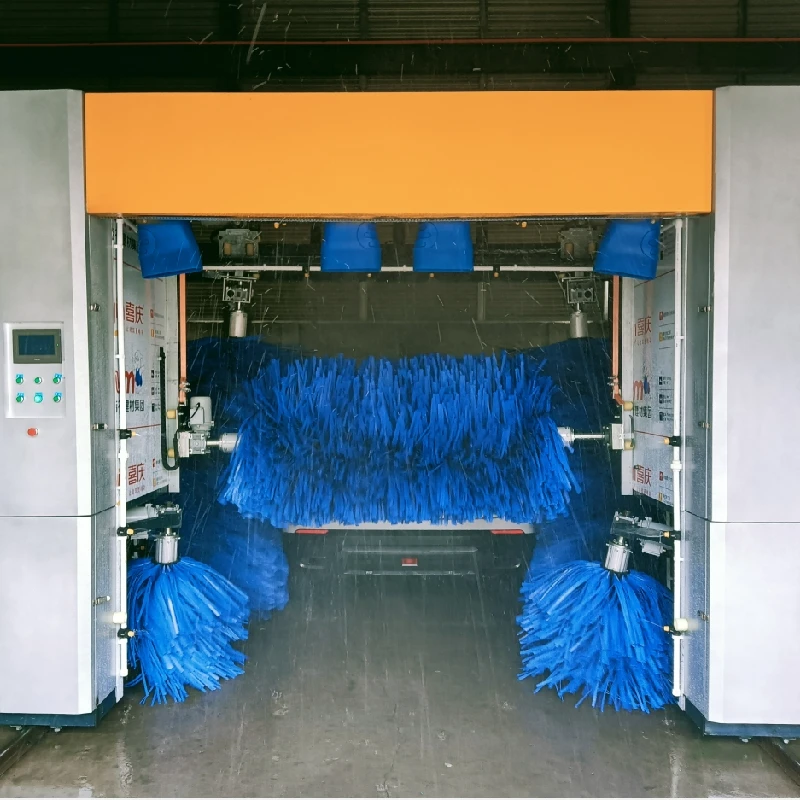Car Wash Equipment: Durable, Efficient, Low Maintenance
Inside Today’s Car Wash Equipment: What Matters, What’s Hype, and What Actually Works
If you’re shopping for [Car Wash Equipment], here’s the short version: automation is mature, drying is finally efficient, and the real gains now come from smarter controls and chemistry dosing. I’ve toured a few install sites this year; to be honest, the difference between average and excellent is all in commissioning and after‑sales tuning.
The air-dried Automatic/Rolling/Gantry/Reciprocating Car Wash Machine from Xingtai Dingyuan Energy Saving Technology Development Co., Ltd. (origin: 27Retail Sales, East Of Fuxin Road, Qiaoxi Area, Xingtai, Hebei, China) bundles automatic brushing, precise car-wash liquid metering, and a surprisingly punchy air-dry stage. It seems simple, but that integration removes two or three weak links operators often battle with.
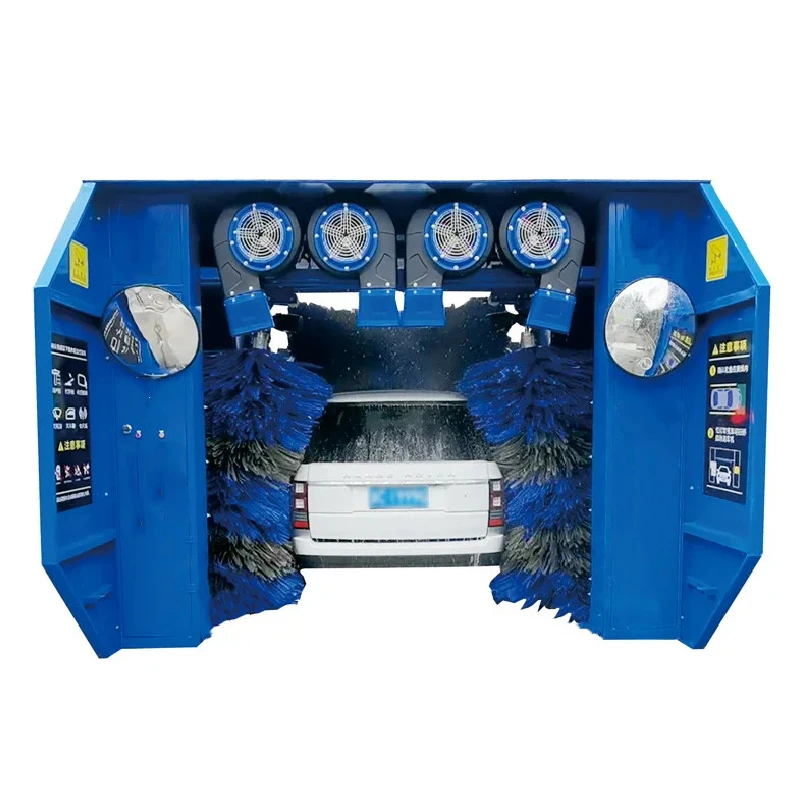
Industry trends you’ll actually notice on the forecourt
- Variable-frequency drives (VFDs) on pumps and blowers to trim noise and power draw.
- Closed-loop chemistry dosing; fewer suds, better cling, less residue on mirrors.
- Heavier use of hot‑dip galvanized frames and 304 stainless wetted parts to push service life to ≈8–12 years.
- Vision/ultrasonic profiling to avoid antenna and mirror strikes—customers talk about this more than you’d think.
Core specification snapshot (real-world use may vary)
| Model family | Automatic / Rolling / Gantry / Reciprocating |
| Frame & materials | Hot‑dip galvanized steel frame; 304SS piping; PE foam brushes |
| Throughput | ≈12–30 cars/hour (program length dependent) |
| Pump pressure | ≈70–100 bar high-pressure rinse |
| Blower power | 2–4 blowers, ≈4–5.5 kW each, VFD controlled |
| Chemistry dosing | PLC‑metered pre-soak, foam, wax/sealant |
| Utilities | 380–400V 3‑phase; water reclaim optional (up to 70–80%) |
| Certifications | CE; ISO 9001 factory QMS; electrical per IEC 60204‑1/GB/T 5226.1 |
How a premium cycle runs (materials, methods, testing)
- Pre-soak applied via low-pressure arches; surfactants optimized for pH ≈7–9.
- Foam brushes (closed‑cell PE) with torque-sensing to protect paint; brush wear tested per >100k cycles; salt-spray (ASTM B117) on hardware for 240–480 h.
- High-pressure pass (fan nozzles, stainless manifolds) followed by wax/sealant.
- Air-dry: contour-following nozzles; measured exit-panel dryness ≈85–95% depending on vehicle geometry.
Service life: with quarterly maintenance and annual nozzle/brush audits, operators report 8–12 years. Noise at bay edge ≈72–78 dB(A), which most neighbors accept—ask me how I know.
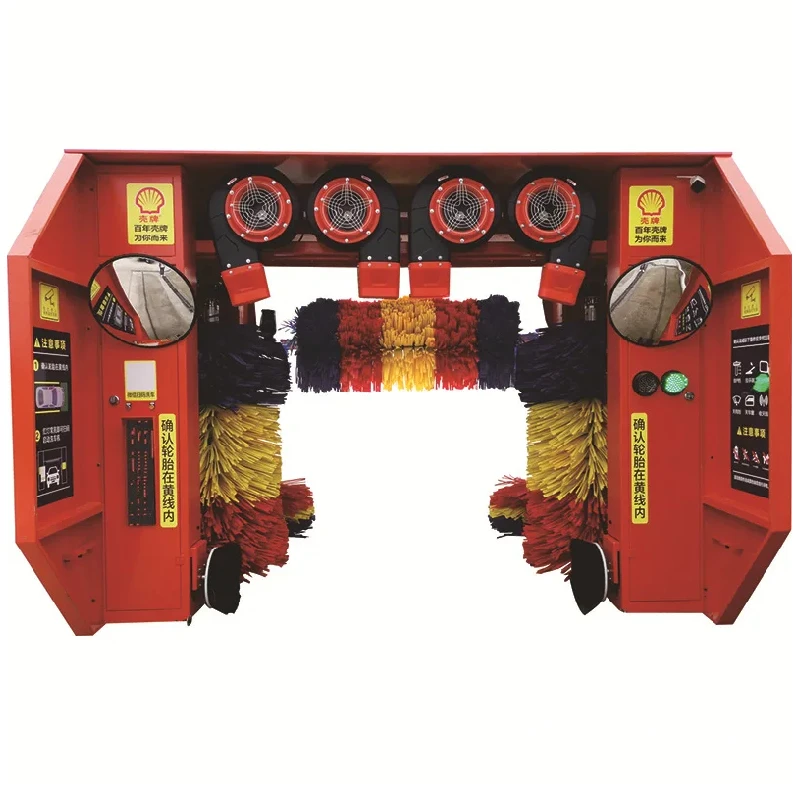
Where it shines
Car Wash Equipment like this fits fuel stations chasing quick-turn programs, dealership service lanes, municipal fleets, and rental depots. Many customers say the gantry footprint is easier to permit than full tunnels, especially on tight urban lots.
Vendor comparison (indicative)
| Feature | DY Carwasher | Regional Brand A | Regional Brand B |
|---|---|---|---|
| Drying efficiency | Contour air, VFD blowers | Fixed nozzles | Contour air (optional) |
| Chemistry control | PLC metering, low-foam modes | Manual mix common | Basic dosing |
| Water reclaim | 70–80% reclaim package | ≈50–60% | Optional |
| Service/parts | Factory direct + distributor | Distributor only | Mixed |
Note: market offerings vary by region; verify build sheets.
Customization and controls
- Gantry height/width, brush pack (2/3/5), and wheel-scrub modules.
- Cashless payment, ANPR/plate recognition, remote diagnostics.
- Programs from basic rinse to ceramic sealant; eco modes target ≈60–120 L/vehicle.
Field notes (short case studies)
Dealership, Hebei: Swapped a 10‑year‑old gantry for DY’s reciprocating unit. Average cycle time dropped from 6:40 to 5:10; warranty rewash rate fell from 4.8% to 2.1% in three months.
Fuel station, coastal city: Adopted reclaim + VFD blowers; utility bills down ≈18%, and—surprisingly—customer complaints about mirror drip nearly vanished after nozzle re-aim and wax dose tuning.
Compliance, testing, and data points
Electrical safety per IEC 60204‑1/GB/T 5226.1; ingress protection IP54/IP55 depending on panel placement (IEC 60529). Corrosion protection validated via ASTM B117 cabinet testing. Factory QMS under ISO 9001. Typical energy per wash ≈2–4 kWh; water with reclaim ≈60–120 L—site layout and chemistry strongly affect results.
References
- IEC 60204‑1: Safety of machinery – Electrical equipment of machines. https://webstore.iec.ch
- GB/T 5226.1-2019 (equiv. IEC 60204‑1). http://www.std.gov.cn
- IEC 60529: Degrees of protection (IP Code). https://webstore.iec.ch
- ASTM B117: Standard Practice for Operating Salt Spray (Fog) Apparatus. https://www.astm.org
- International Carwash Association, Water Use Benchmarks. https://www.carwash.org
-
Car Wash Equipment – Durable, Efficient, Pro-Grade SystemsNewsNov.10,2025
-
automatic car washing machine price list: Fast ROI, Low CostNewsNov.10,2025
-
Car Wash Tunnel Design for High Throughput, ROI & UptimeNewsNov.10,2025
-
Car Wash Tunnel Design | High Throughput & Low MaintenanceNewsNov.10,2025
-
Automatic Car Washing Machine Price List - Fast ROINewsNov.10,2025
-
Car Wash Tunnel Design: High Throughput, Custom & DurableNewsOct.27,2025


